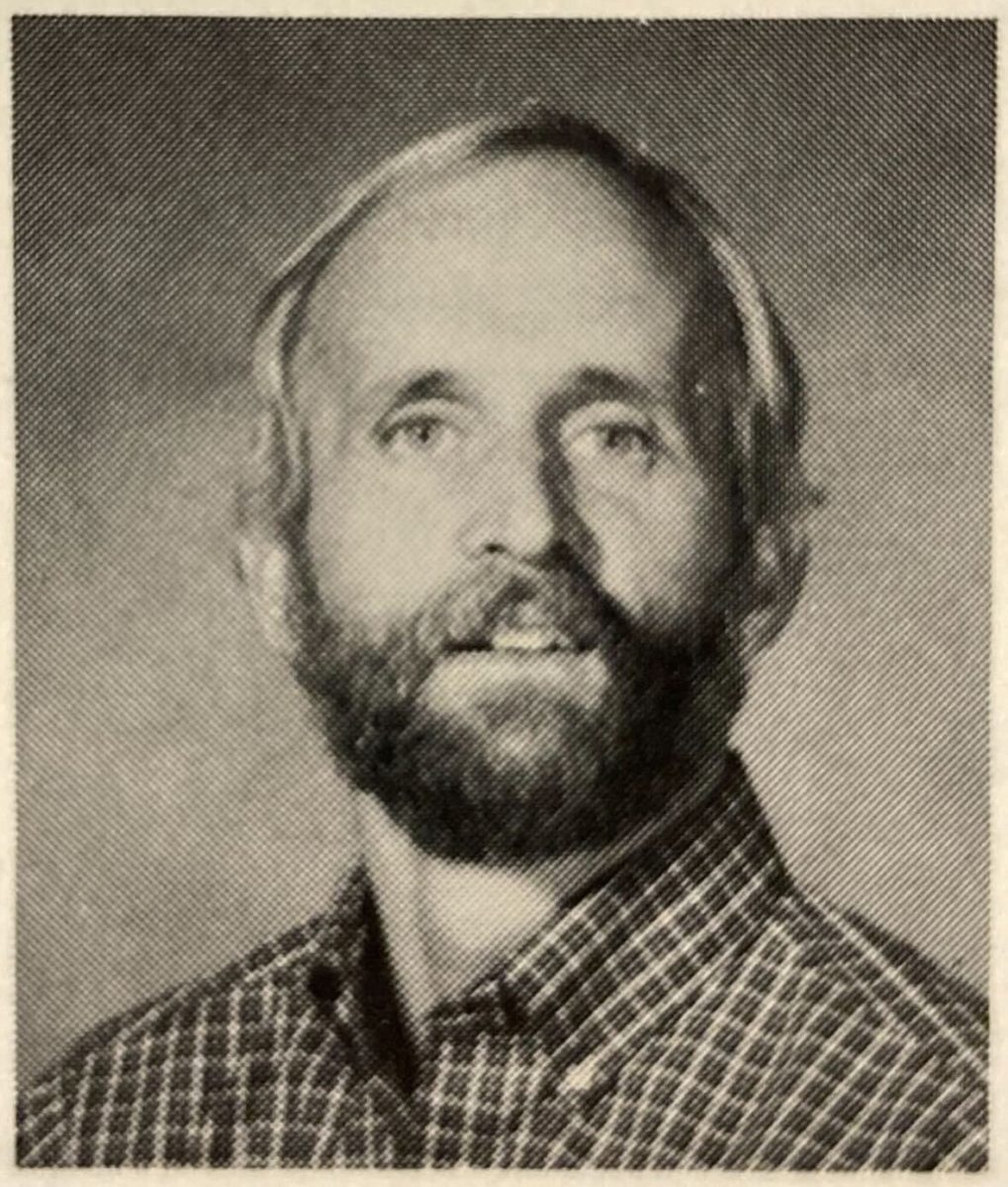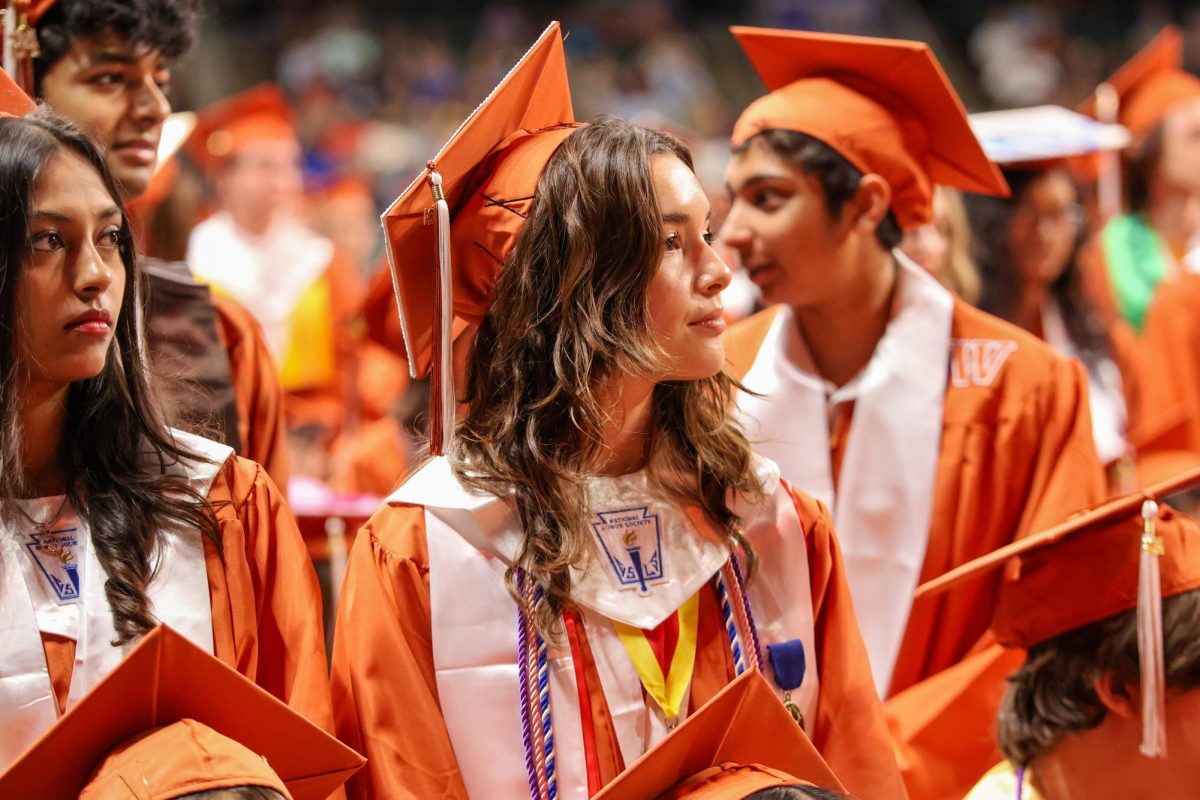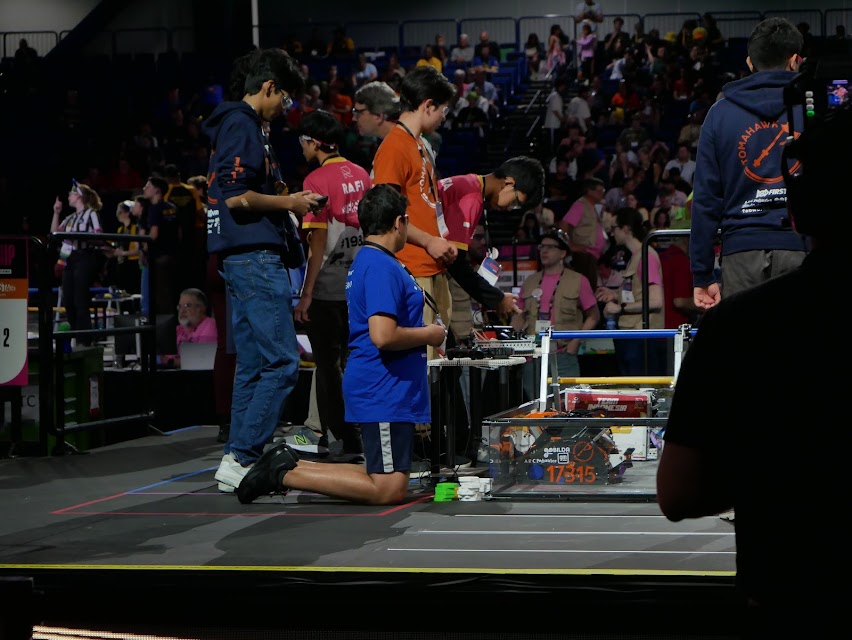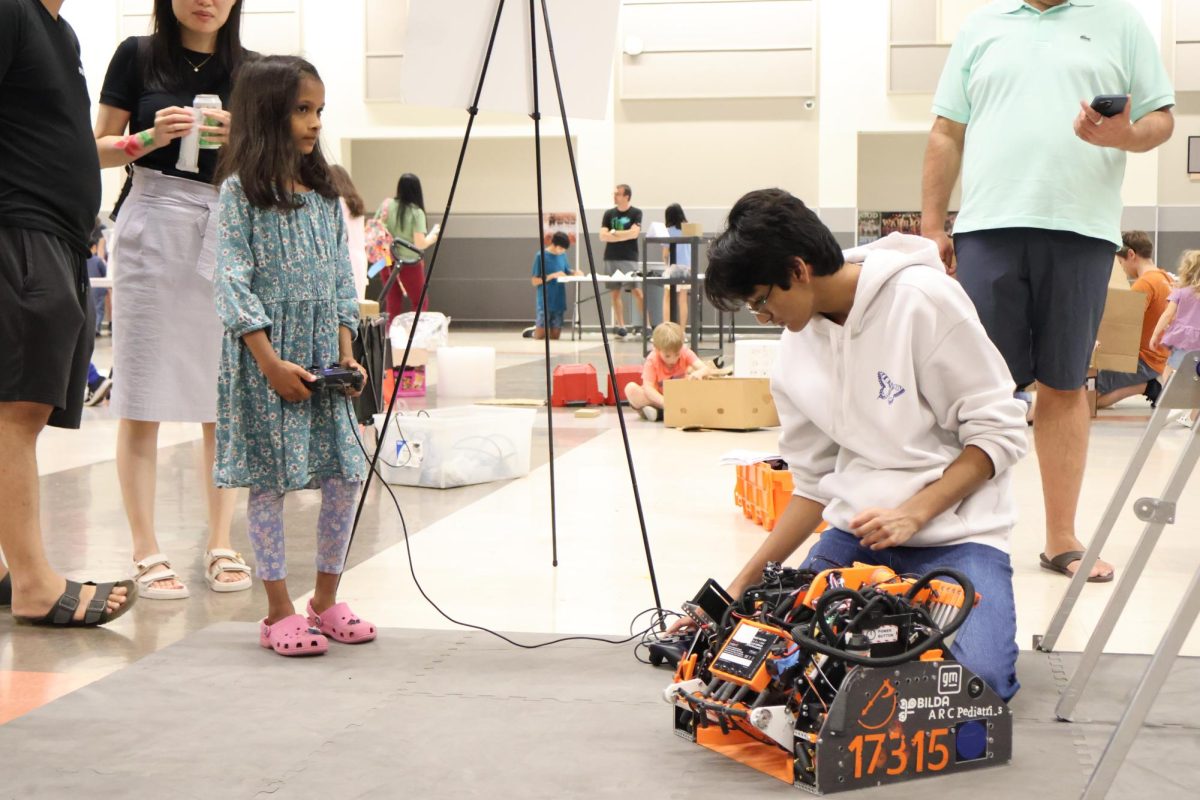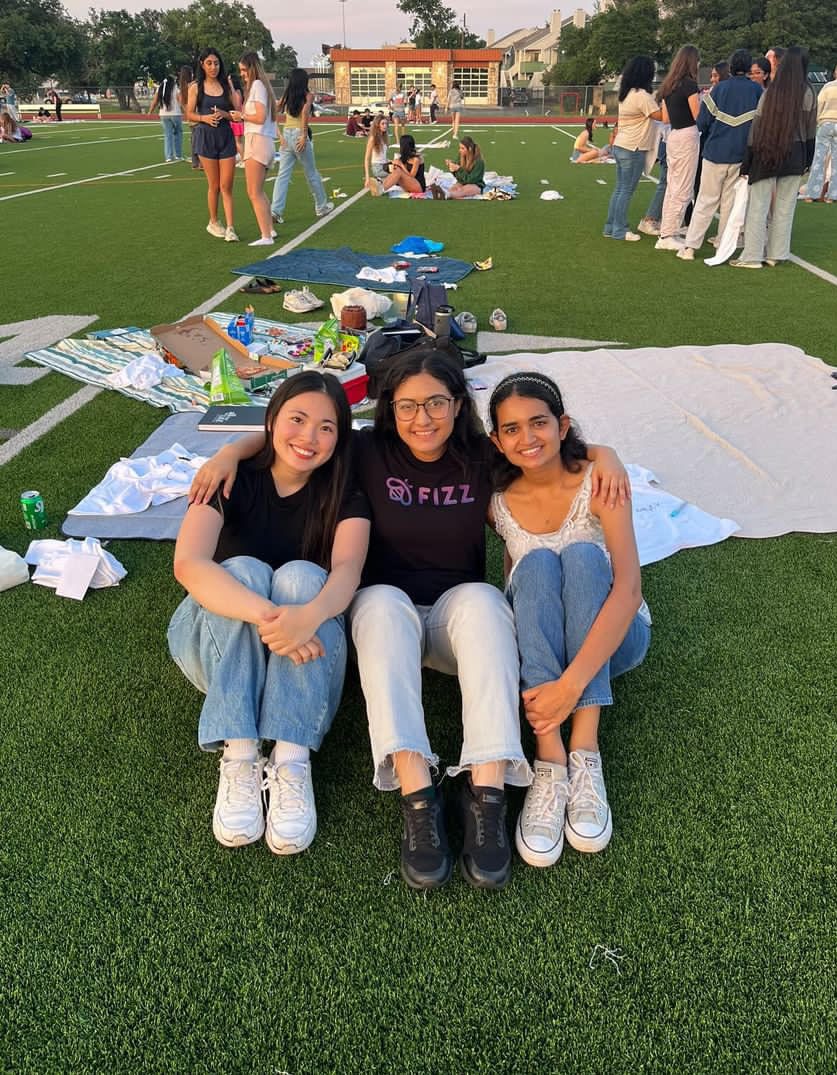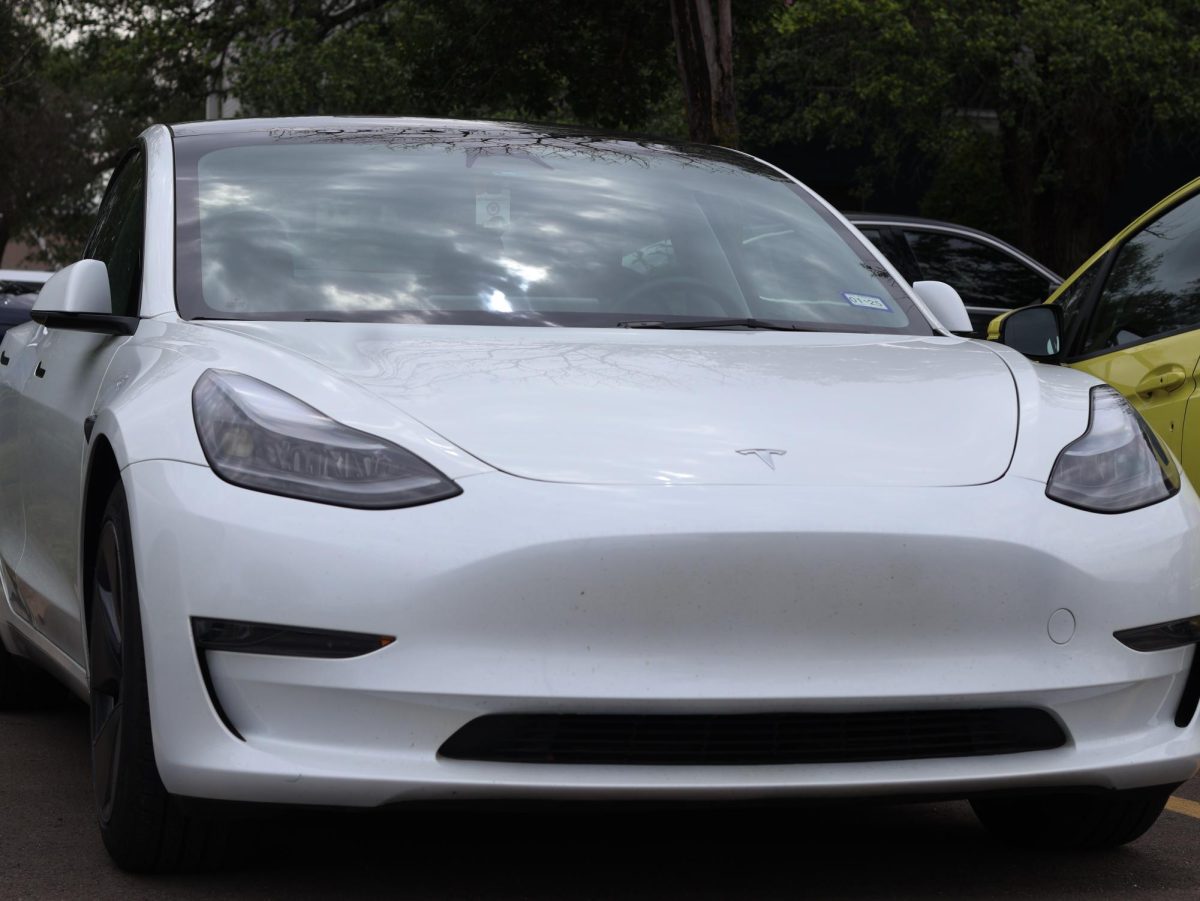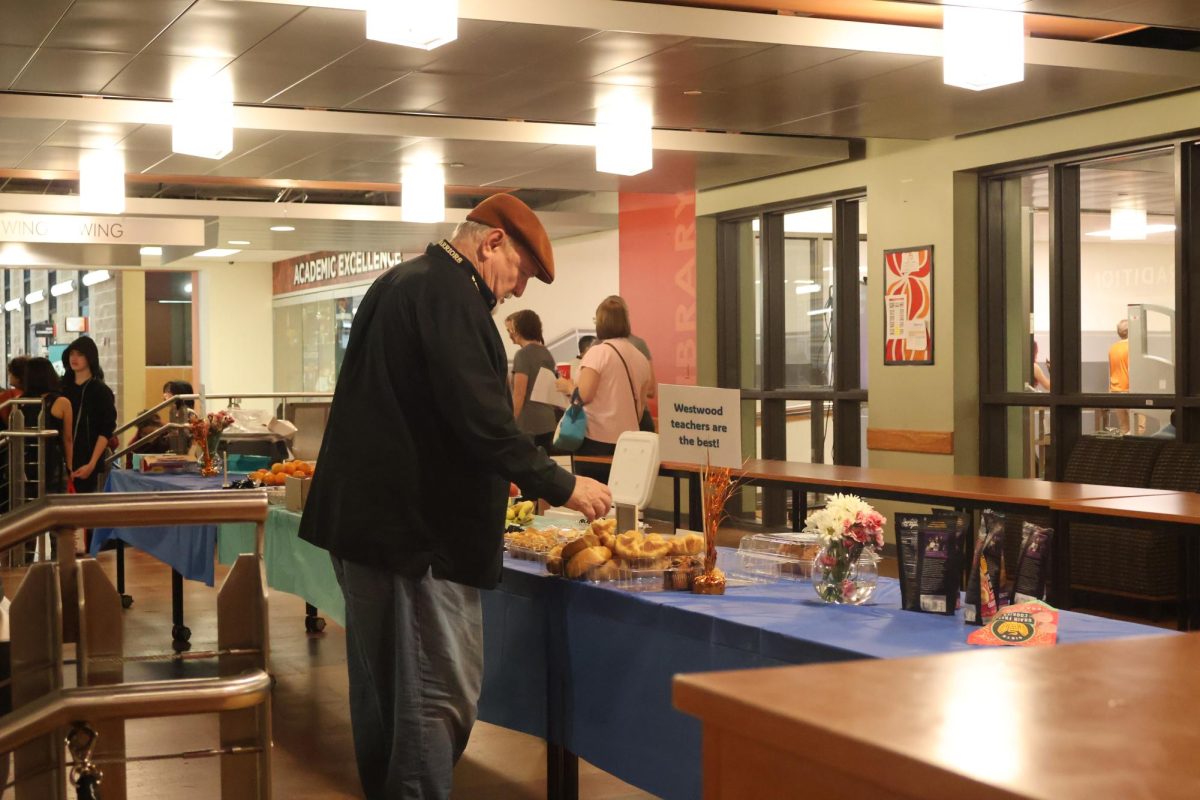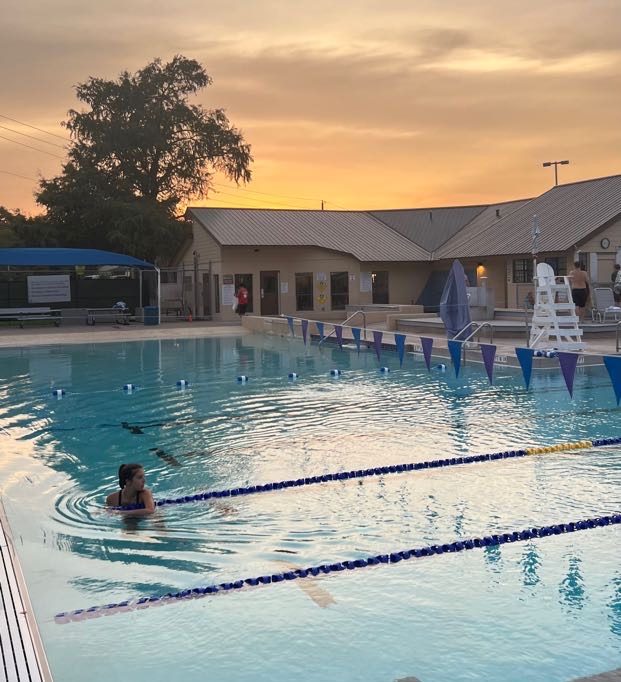Applause echoed through the atrium as the first group of senior engineering students, Jaden Steen ‘24, Zack Hobbs ‘24, Vedanth Dharnish ‘24, and Arnav Joshi ‘24, walked nervously on the cafeteria stage to present their modular wheelchair. Supervised by Mr. Husley, the students started their projects early in the school year and created a final product to showcase to family, friends, and sponsors from Dell Technologies and O’Connell Robertson on Thursday, April 25 and Friday, April 26.
Eight presentations were hosted per day, with the addition of a dinner break and networking periods. Through their projects, students pitched solutions toward teen driving safety, medicinal treatment kits, greenhouse irrigation systems, and more. Many also related to their projects personally, explaining that the inspiration behind them manifested from real life experiences. Hobbs and his team created a wheelchair that had removable tires and a cup holder that could be adjusted to the user’s preferences.
“My brother is wheel-chair bound,” Hobbs said. “Because of that, I’ve been in a lot of communities where people are wheel-chair bound. My family goes to a camp where it’s put on by a group of people people who can’t walk, and they take them out at the beach and sailing and all sorts of things. So I’ve seen a lot of it and I’ve heard a lot of it. On top of that, it’s clearly a big issue.”
Throughout the year, the students faced many challenges, most of which were derived from the operative qualities of the product. Initially, they had to test a multitude of prototypes with different designs and materials. After a prototype was chosen and the product was created, the students would then have to run tests in a situational environment to increase validity. Our prototype was a look-alike model. But when we 3D printed our net, we were really doubtful if this was going to really work or not. But once we brought in the materials and we tested it out, we were happy that it was able to hold most of the trash.” — Mehek Patro '24
After a series of researching current solutions on the market and competitive advantages their product could pose, athletes William Hwang ‘24, Aamir Kutianawala ‘24, Jackson Conner ‘24, and John Ramsey ‘24 created a diagnostic insole to prevent heel striking, which occurs when the heel hits the ground first and absorbs the impact, commonly causing injury in the tendons and joints. After a few trials, the team decided the insole would be made out of play doh for comfort and practicality.
“We tried polyurethane [as material],” Hwang said. “That was kind of a long process. We mixed it in class, left it in a cold room for twenty-four hours, and we were kind of experimenting with how much pressure we could put on it. But eventually, we just found that we wanted something that was cost-efficient, and playdoh seemed to do it for us.”
To build a mechanism that would allow for self-diagnosis of heel-striking, the team placed colored paper underneath the playdoh which acted as a visual compression sensor. If a person were to step to push down on the playdoh with their heel, it would spread out and they would be able to see the color. The students were able to test out their insole on the Westwood High School track, weighing it down with three trials and using time as a metric.
To support child safety, Ariba Ahmed ‘24, Ceil Raia ‘24, Miyuu Tani ‘24 and Max Matthias ‘24 created a tracker device out of an AirTag for childrens’ shoes. The students wanted to emphasize decreasing the vulnerability of children. In a tennis shoe, the laces would be threaded through the egg-shaped product encompassing the AirTag that closes so the tracker sits like an accessory on top of the shoe.
“We were really challenged on how we’re going to attach [the AirTag],” Tani said. “Initially we thought about Jibbitz on crocs, but we didn’t want to damage the shoes in general. So we sent out a survey to parents specifically about what shoes their child wears, and we came back with tennis shoes with velcro and slip-on shoes.”
Mehek Patro ‘24, Samarth Bikki ‘24, Moses Rogers ‘24, and Leo Li ‘24 strived to build a net that would efficiently sweep up trash while also preserving the integrity of the water supply structure. They focused on storm overflows, which is part of the sewer system.
“Our prototype was a look-alike model. We just 3D printed a ring as we did not buy a metal or a hose clamp,” Patro said. “But when we 3D printed our net, we were really doubtful if this was going to really work or not. But once we brought in the materials and we tested it out, we were happy that it was able to hold most of the trash.”
On average, the team only lost 4% of beans that they tested to see how trash would react under high water pressure. Because the beans were a similar size to the holes of the net, this meant that there was a much higher chance that larger trash could also be collected in this way.
At the end of each fifteen-minute presentation, the audience was allowed to ask the students questions. Some needed confirmation about a certain aspect of the product, some had inquiries about how the product would play out in the real world if it were established on the market, and others had suggestions for future improvements.
“One of the suggestions we got during the presentation was using recyclable materials to build [the net], [and] it just struck my mind because I watch a lot of movies,” Patro said. “There’s this thing called alloys. In one of the documentaries, I saw aluminum and recyclable plastic forms a really strong material, so I thought of the idea that we could maybe make that. I was kind of happy about [the suggestion], people are engaging and they’re worrying about a problem. They’re helping and that was a good thing.”

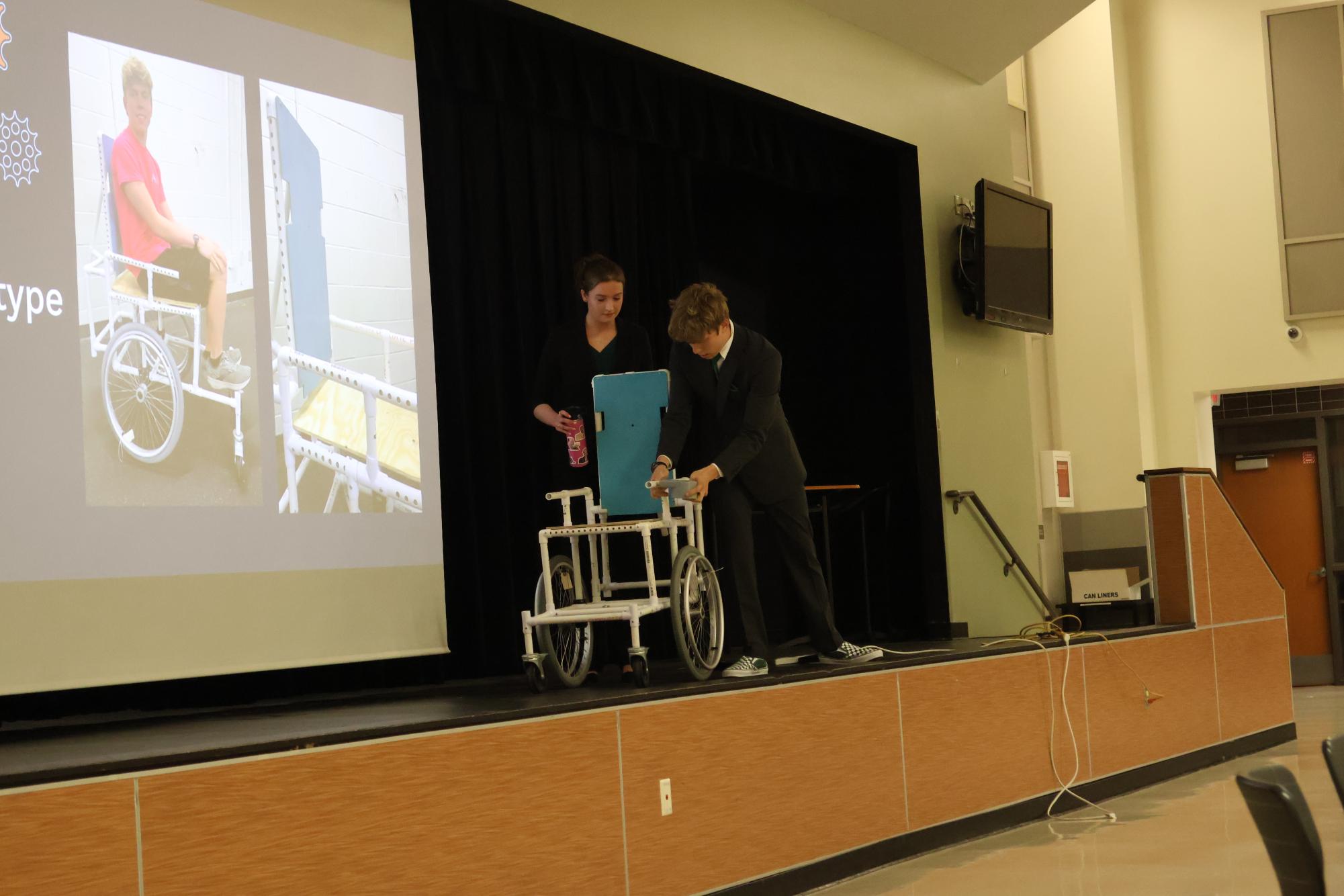
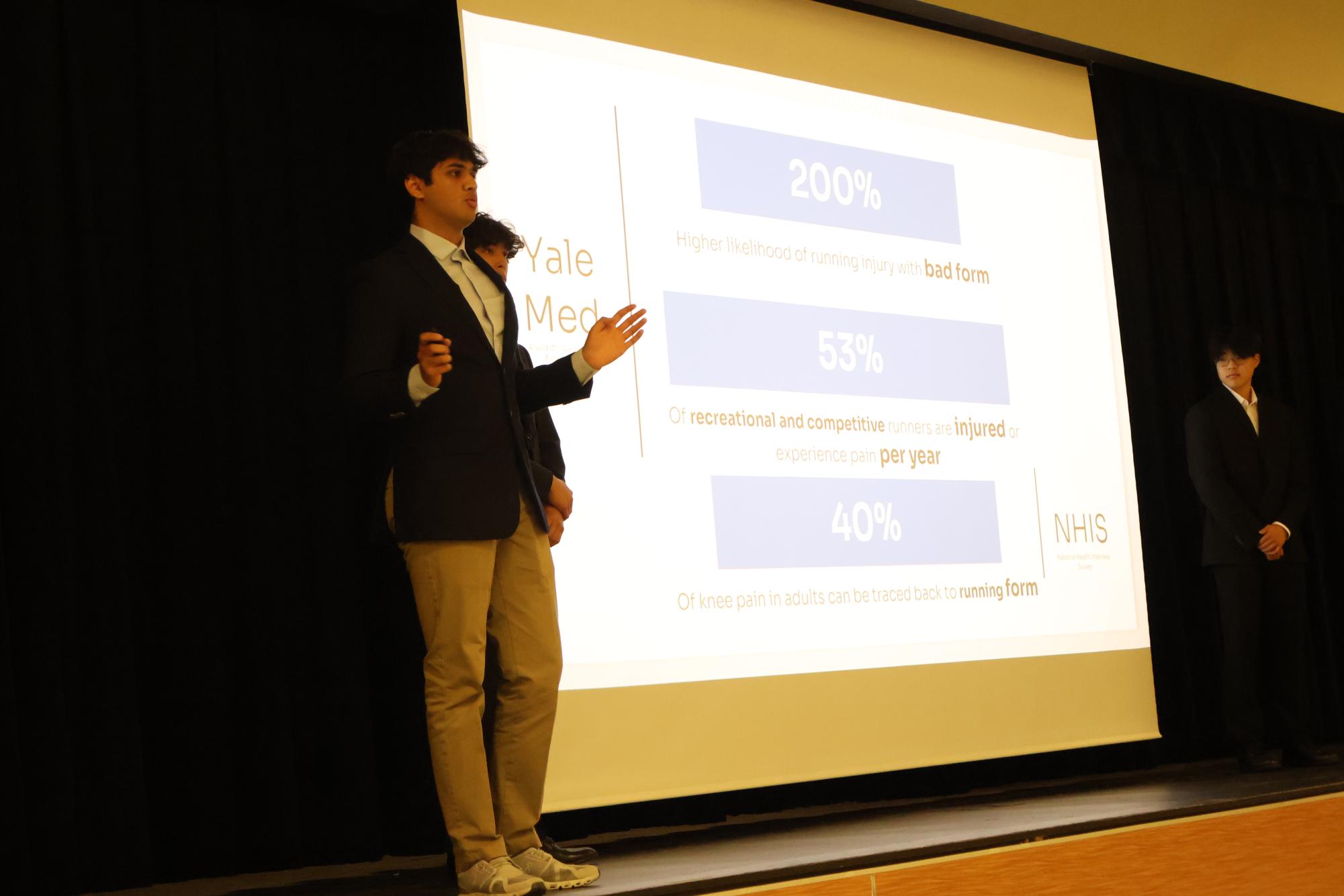
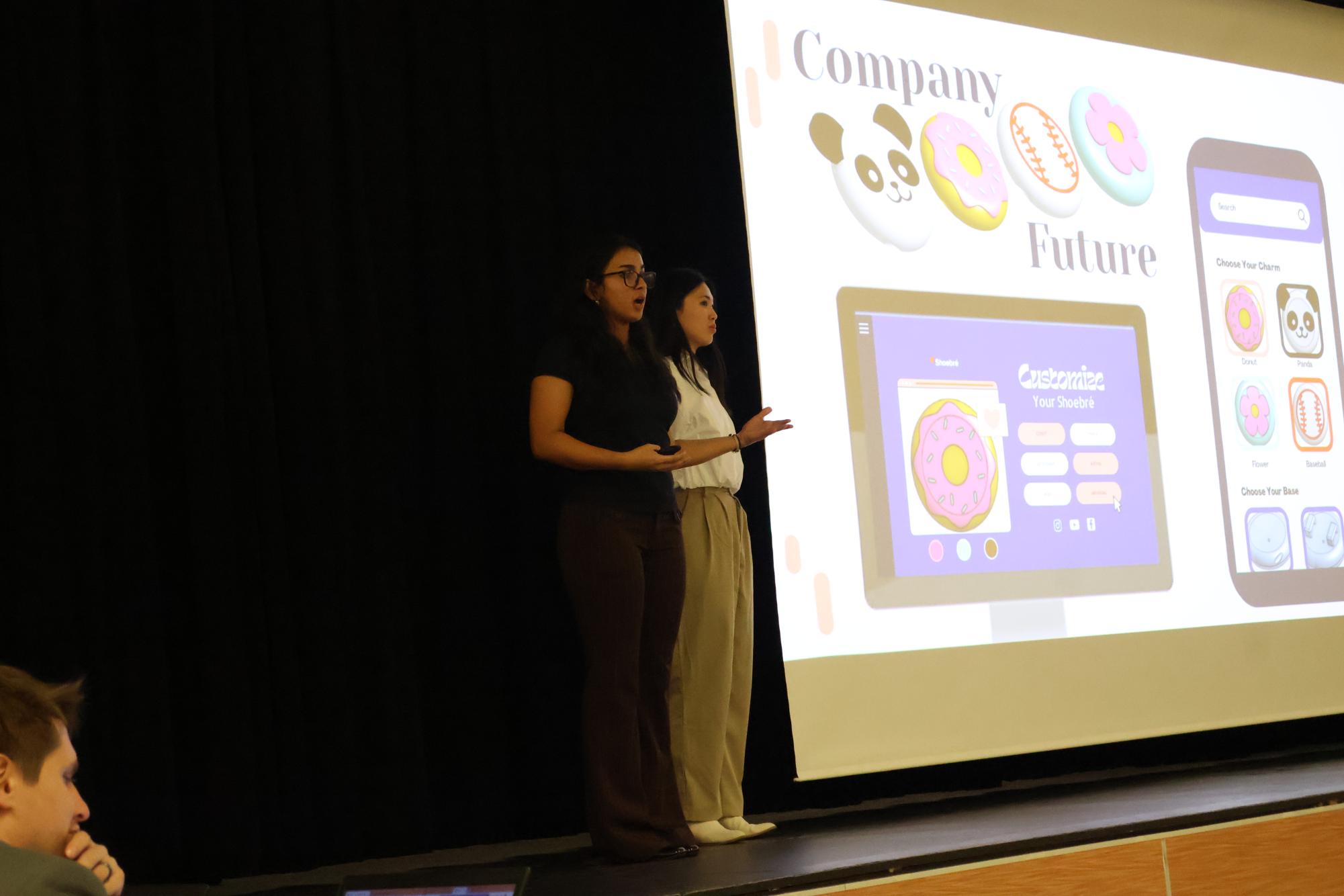
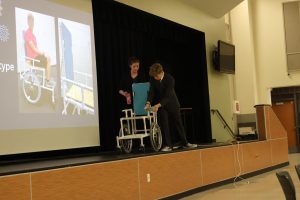
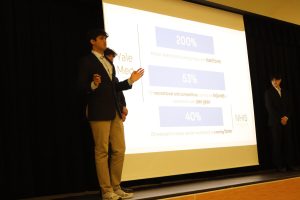
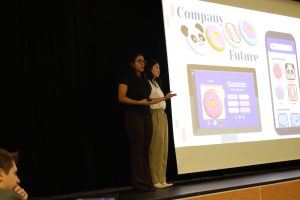
![Westwood students experienced the impacts of class cuts resulting from Round Rock ISD (RRISD)s budget deficit. The recently approved general fund budget could have played a role in returning some of the cut classes. We all hope that [the general fund budget] will bring additional funding and cost savings, potentially help with course and extracurricular operations, and provide deserving teachers with an increase in salary as well as provide better education opportunities for students, Marlene Luo 25 said.](https://westwoodhorizon.com/wp-content/uploads/2024/07/ww-pic-1200x959.jpg)
